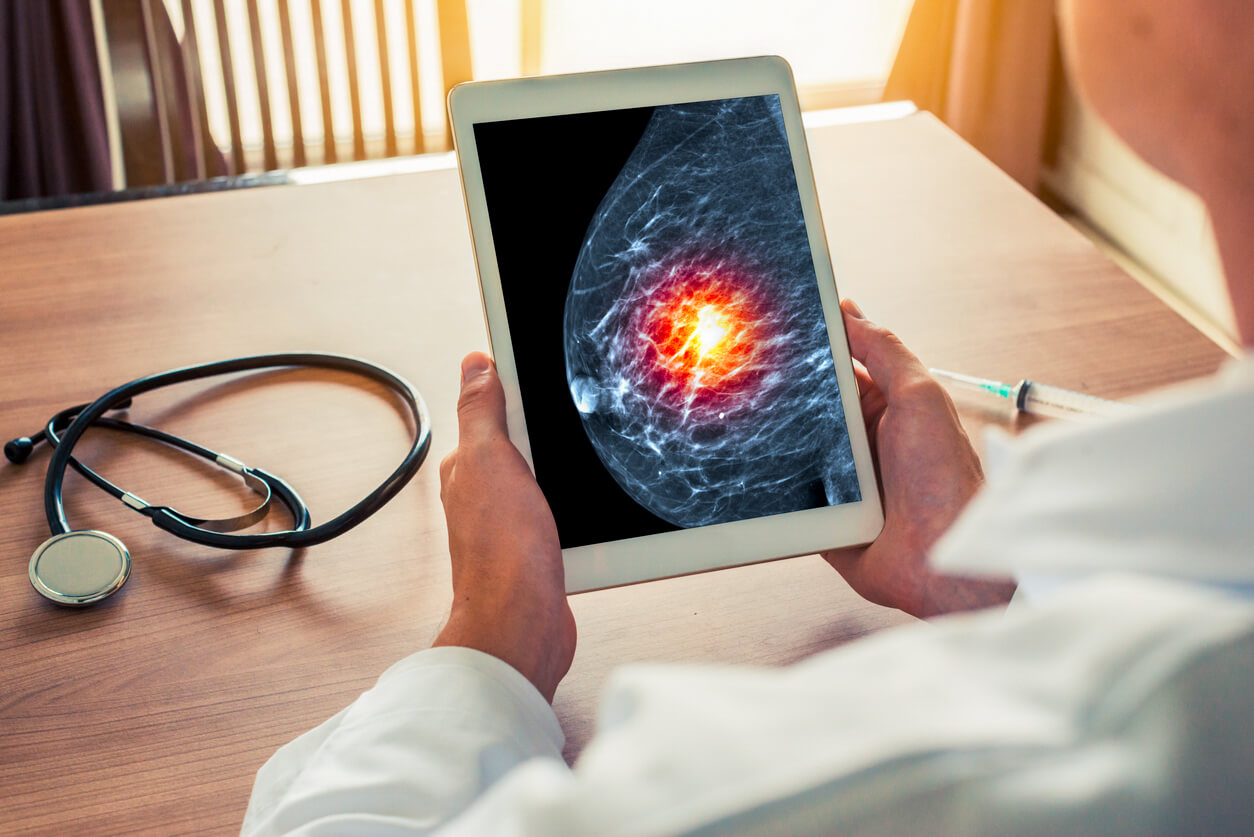When you are new to the imaging landscape, it is common to confuse an MRI with a CT scan. Many patients only associate the two scans with a potentially uncomfortable experience: laying down in a small, narrow space for a long period of time; however, each scan provides a unique use and benefits. Before getting an imaging exam, you should know the differences between an MRI and a CT scan as well as what each is used for.
What is an MRI scan?
MRI stands for magnetic resonance imaging. It uses a powerful magnetic field, radiofrequency pulses, and a computer to produce images of your organs, soft tissue, bone, and internal structure. The MRI uses and sends magnetic and radiofrequency waves into the body. The energy emitted by the atoms in the magnetic field sends a signal to the computer. Then, the computer uses mathematical formulas to convert the signal to an image. The procedure for this type of imaging might be tedious for some patients, especially those who suffer from claustrophobia. You will need to lie still on a table that slides into a machine for about 30 minutes. Usually, the space where the table slides in is narrow and compact. Thankfully, new technologies have allowed the latest MRI machines to be open, allowing maximum patient comfort.
What is an MRI used for?
- Imaging organs, soft tissue, and internal structures
- Showing normal tissues and tissue abnormalities
- Imaging without radiation
What is a CT/CAT Scan?
The “CT” in a CT scan stands for computed tomography. This scan uses X-rays taken at different angles and a computer to create pictures of your body, organs, and other tissues. The procedure takes only about five minutes. Ultimately, it creates a 3-D image of the organ system being examined. CT scans do expose the patient to radiation, although it is a low dose.
What is the CT/CAT scan used for?
- Detecting bone and joint problems, such as fractures and tumors
- Monitoring changes in conditions like cancer, heart disease, emphysema, or liver masses
- Showing internal injuries and bleeding
- Helping locate tumors, blood clots, excess fluid, or infections
- Doctors use them to guide treatment plans and procedures, such as biopsies, surgeries, and radiation therapy
Whether you need an MRI or a CT Scan, you can have your exams done by only the best, experienced staff at Windsor Imaging. Visit our website for more information on what types of digital imaging services we offer.


